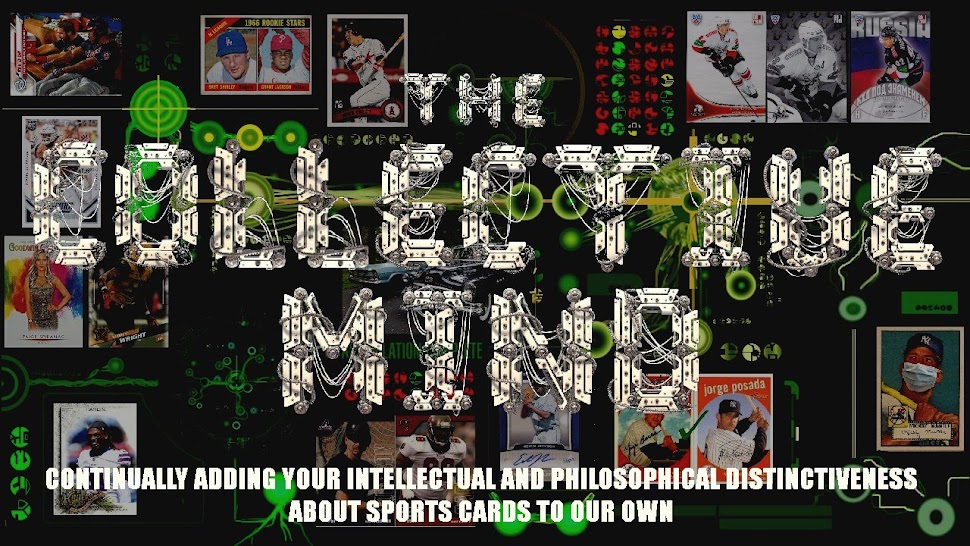Rounding out the discussion of the lists I make to track various facets of my team and player collections (or "He's got way too much free time"), here are some of the other documents I've created to guide me while searching.
One of the hardest areas I've found to reasonably document is post-career cards of major star players. I don't collect a great number of HOF worthy guys (pretty much for this reason), but I've got a couple that tend to show up annually in the new stuff even though they've been retired for years. Jim Palmer and Carlton Fisk are the most popular ones.
I could just copy and paste their entire cardography to my website, but it would eventually create the need for separate pages for a few guys. And it would probably feel like I never make much progress on them. So instead, I pick and choose what to list as I find them available, usually on a set-based approach. In the meantime, since there are so many modern post-career cards, how do you know what you have?
I ended up at one point just scanning my collections for certain players - really just the stuff that came after they stopped playing. And then I shrunk it so it wasn't 89 pages, but was still visible to my 50+ year old eyes. Had to hand write a few serial numbers in between for clarity, but it works pretty well.
Just a real pain to update. But at least I have a reference. So this is nine pages scanned and shrunk to fit on one 8½" x 11" sheet of paper. Ended up doing the same thing for Elston Howard, Joe Torre, and Bo Jackson (who is the biggest Broder nightmare).
Another odd case is when I get several of my player guys in an insert set that has many parallels. Case in point - Panini Golden Age. The minis come in five different backs. I have five different guys in the set. Sounds like a chart to me....
Also added a note in the last column for the full size white parallels.
With only a couple exceptions, I don't ever try to "supercollect" most of my many player collections. Guess I wouldn't have problems like this if I didn't collect so many guys. I'll get gamers and autos if I find them cheap and I like the way they look, but don't strive to get more than a handful from a lot of my PC guys. Just takes up too much space and costs more than I want to invest. But I would like to get at least one GU and auto of each guy (if they exist). Need a chart for that....
Doesn't show well in the scan, but they are marked as Certified or InPerson (auto) and Jersey, Bat, Pants, etc. for GU. A lot of my guys won't have certified autos, but I've found a good many cheap IP autos to fill out the ranks. (OCD note: sometimes I put them in with the regular cards in the binder, and sometimes in the drawer in a toploader with the other "hits". Don't have any rhyme or reason as to why).
So I hope this chapter of OCD has inspired you to create lists or documents that make your card shopping more efficient and enjoyable. And if you'd just rather stick to your palm-sized spiral notebook, that's OK too.
At some point in this series, I'd like to illustrate a few packaging tips, some of which have been nicely done elsewhere. And I think there are still a few areas I haven't covered yet. If you'd like to see something specific, leave me a comment.




I've been thinking about doing a list for my HOF players, as I would like to obtain one vintage card for most that are attainable. The different columns would be for place holders... like reprints and modern day cards until I can acquire the real deal.
ReplyDeleteI like your system.
I'm a big time fan of charts. I think that's why I got into education.
ReplyDelete